From Protagonists to Antagonists: Video Game Heroes Turned Villains
"You either die a hero or you live long enough to see yourself become the villain." - Harvey Dent, The Dark Knight
As an immersive form of media, video games allow players to assume the personas of the pixelated protagonists on the screen. The video game heroes' goals and struggles become the players' goals and struggles as well. As such, players become invested in the outcomes of their avatars' fates. This virtual connection is why some video game heroes, such as Link from The Legend of Zelda, remain mute throughout their adventures; it's so that players can imprint their own unique personalities upon these blank slated characters.
Imagine then, playing a sequel or spin-off, only to discover the heroic character you once led to victory is now the villainous final boss you must defeat. As with Obi-Wan Kenobi's fateful and unavoidable duel with Darth Vader at the conclusion of Star Wars: Episode III - Revenge of the Sith, the experience of facing off against a character you grew fond of and shared camaraderie with could be pretty jarring, especially when they're tough enough to make you hate them for draining your lives. Today, I'd like to explore a few examples of this phenomenon. Not all protagonists turned antagonists are evil or out to get the player, mind you. Some are simply defending their lives or titles while others are brainwashed or possessed by the true villains. Without further ado, let's begin...
Mario, Donkey Kong Jr., Nintendo, 1982
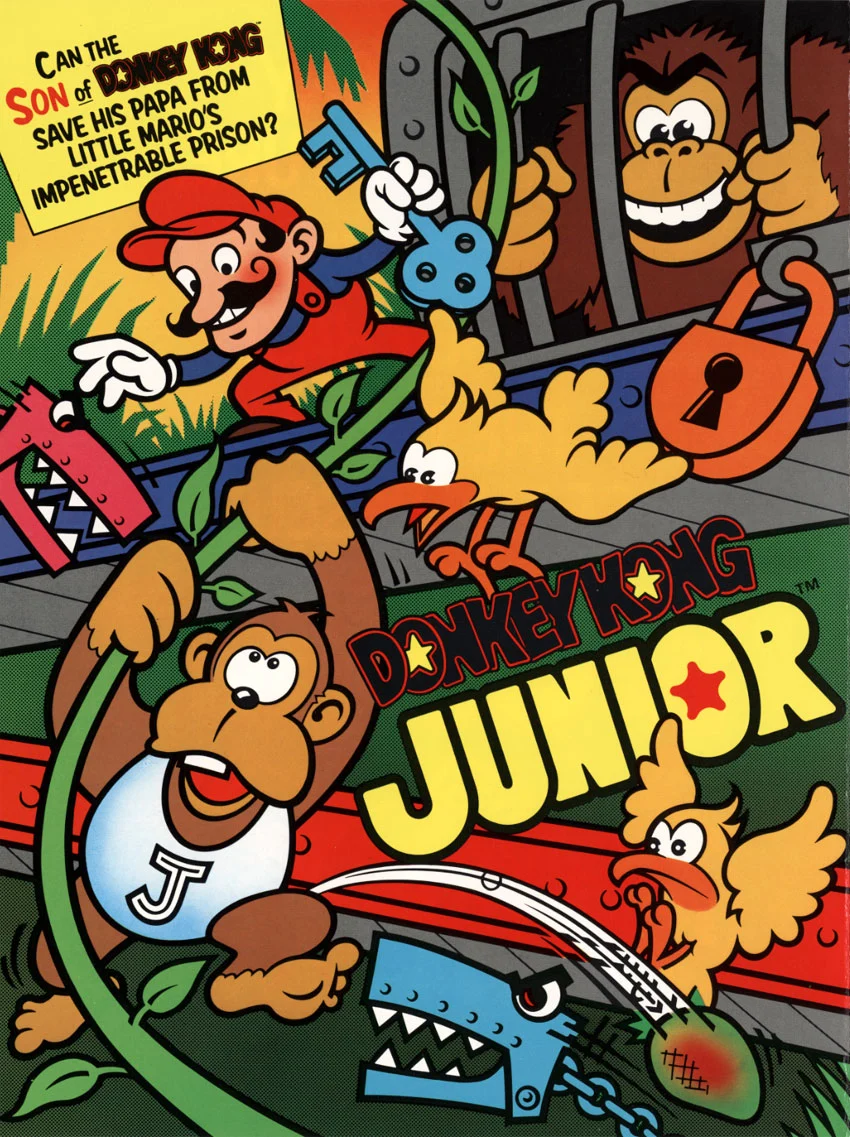
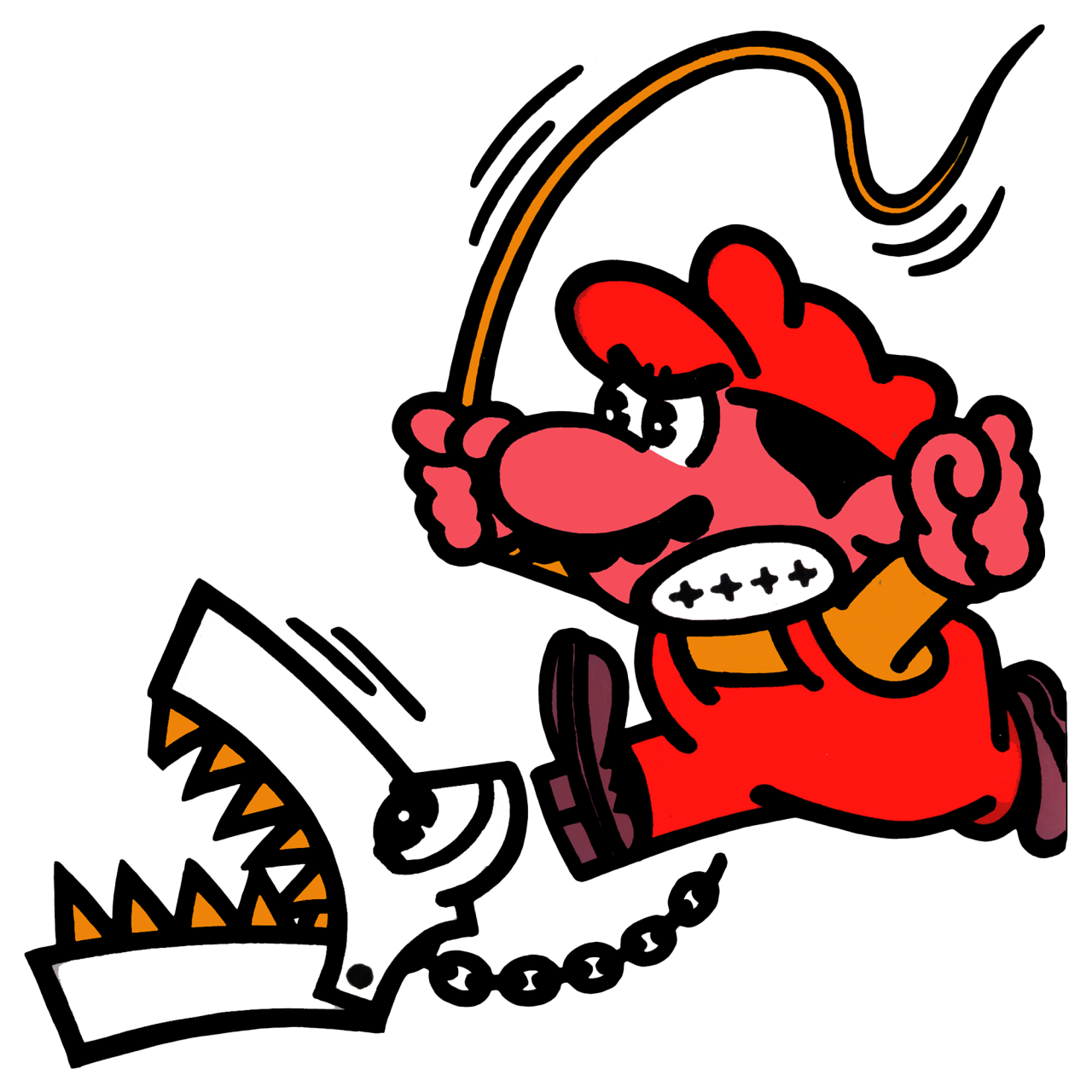
In 1981's Donkey Kong, players guide Mario up ladders and over barrels to rescue Pauline from Donkey Kong. One year later, in Donkey Kong Jr., players now aid Donkey Kong Jr. across vines and around sentient crocodilian bear traps to save his papa from the now evil Mario. How far will a man go to satiate his unquenchable thirst for vengeance...on a gorilla? Attempted infanticide of the big ape's offspring, apparently. Crazy. This villainous version of Mario makes Wario look like a boy scout by comparison.
Jimmy Lee, Double Dragon, Technos Japan, 1988
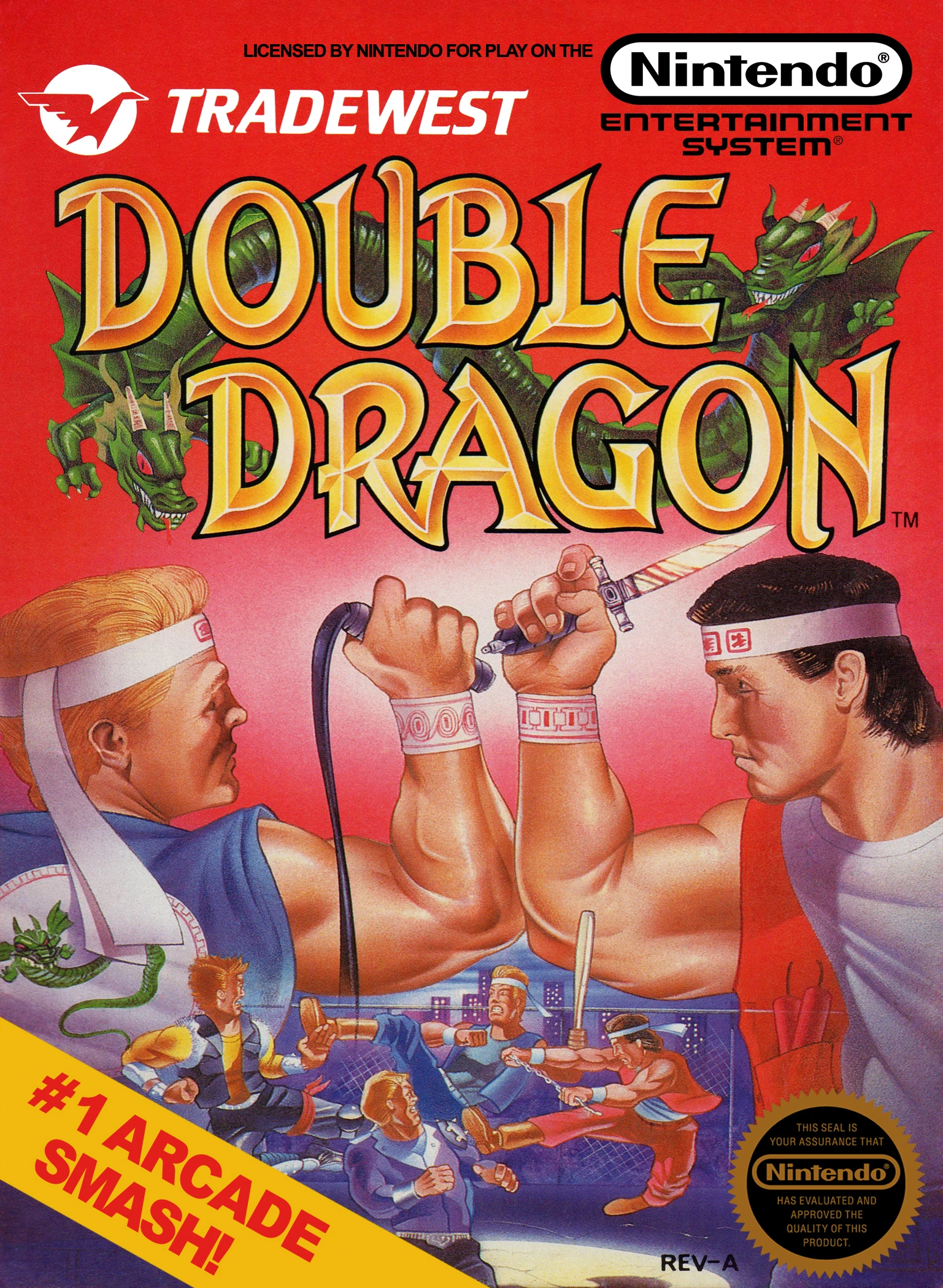
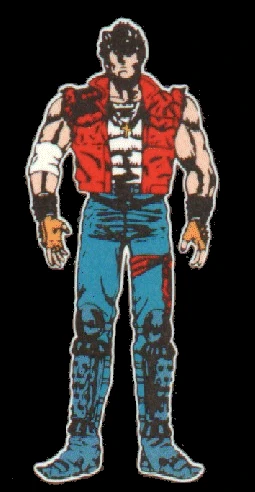
In the 1987 Double Dragon arcade game, two players can team up as Billy and Jimmy Lee, utilizing the twins' martial arts prowess to rescue Marian and rid the streets of the Black Warriors gang. Jimmy always has Billy's back...unless we're talking about NES Jimmy, who much prefers sticking a knife in it, both figuratively and literally. This evil reimaging of Jimmy is unveiled as the shadowy leader of the Black Warriors and abductor of Marian. Can you imagine a worse scenario than learning your own sibling is a traitor out to get you?
Dr. Alan Grant, Jurassic Park, BlueSky Software, 1993
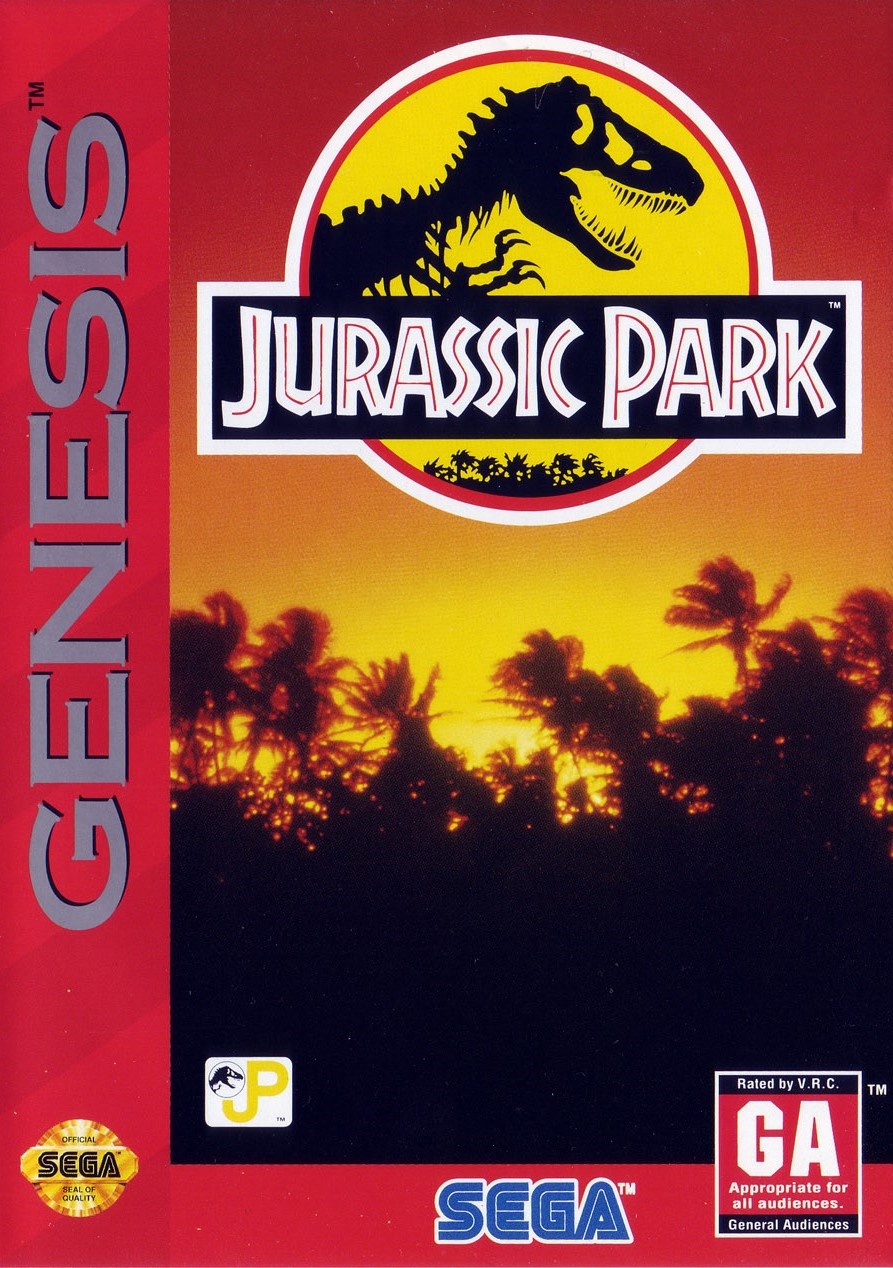
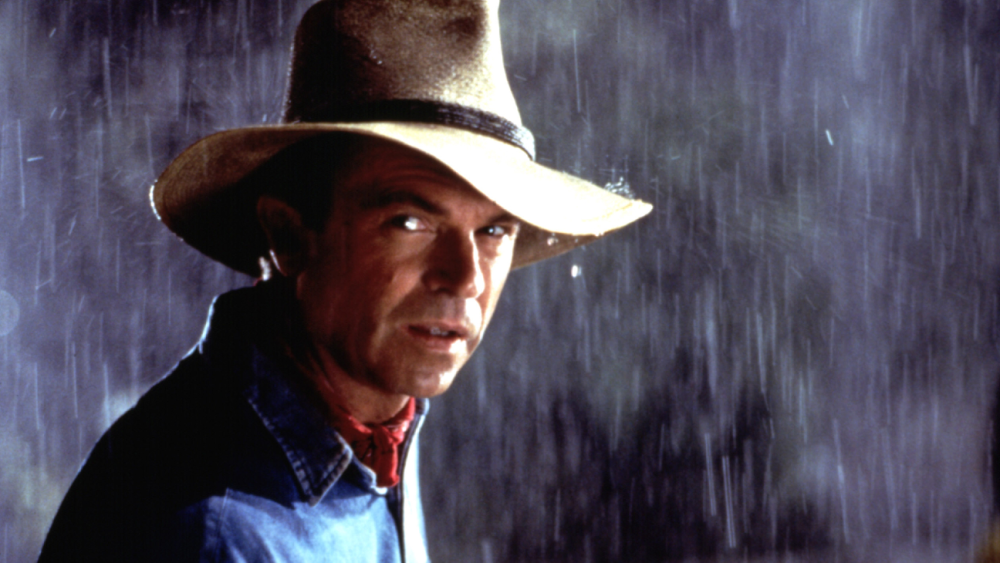
In the Sega Genesis version of Jurassic Park, players are given a choice between Dr. Alan Grant or a Velociraptor. In Dr. Grant's scenario, the paleontologist must navigate the dinosaur-infested jungles of Isla Nublar to reach the visitor's center and helipad. In the Velociraptor's campaign, the hungry dinosaur catches Dr. Grant's delicious scent and pursues him across Isla Nublar. In the main hall of the visitor's center, Dr. Grant awaits the Velociraptor with an arsenal of weapons. The outcome of this showdown determines who's the predator and who's the prey.
Jerry Mouse, Tom and Jerry: The Movie, SIMS Co., Ltd., 1993
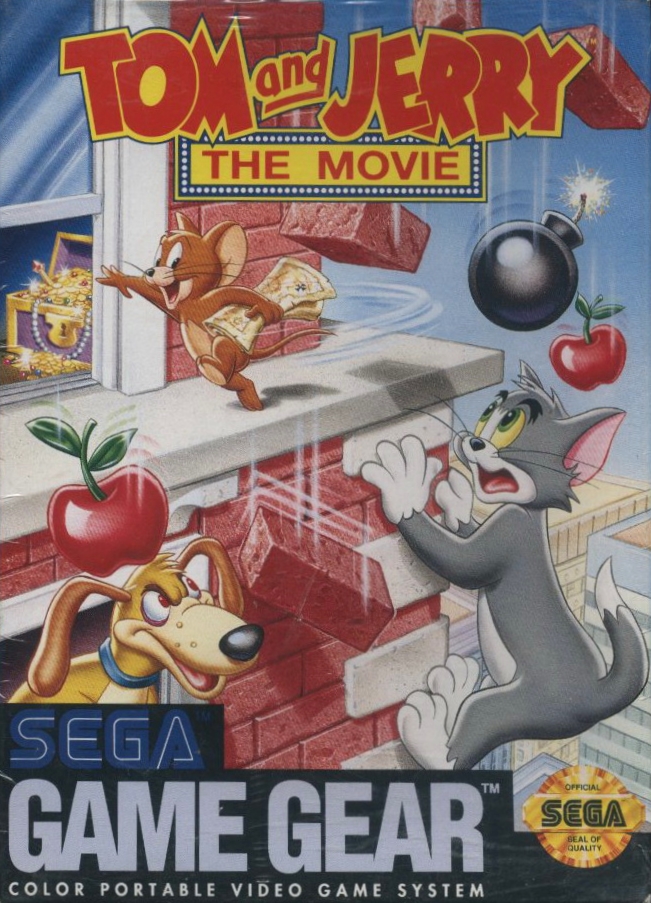
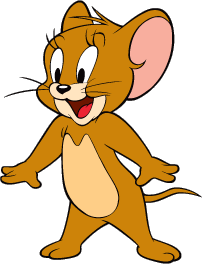
While most Tom and Jerry video games cast players in the role of Jerry, Tom and Jerry: The Movie mixes up this formula by focusing its gameplay from Tom's perspective. Tom must pursue Jerry across various locales to retrieve his stolen treasure map from the little mouse. Though it's possible to clear levels early by catching Jerry before he reaches, and hides behind, the game's bosses, this feat is easier said than done, as anybody who's seen the cartoons knows what the mischievous rodent is capable of.
Road Runner, Desert Demolition Starring Road Runner and Wile E. Coyote, BlueSky Software, 1995
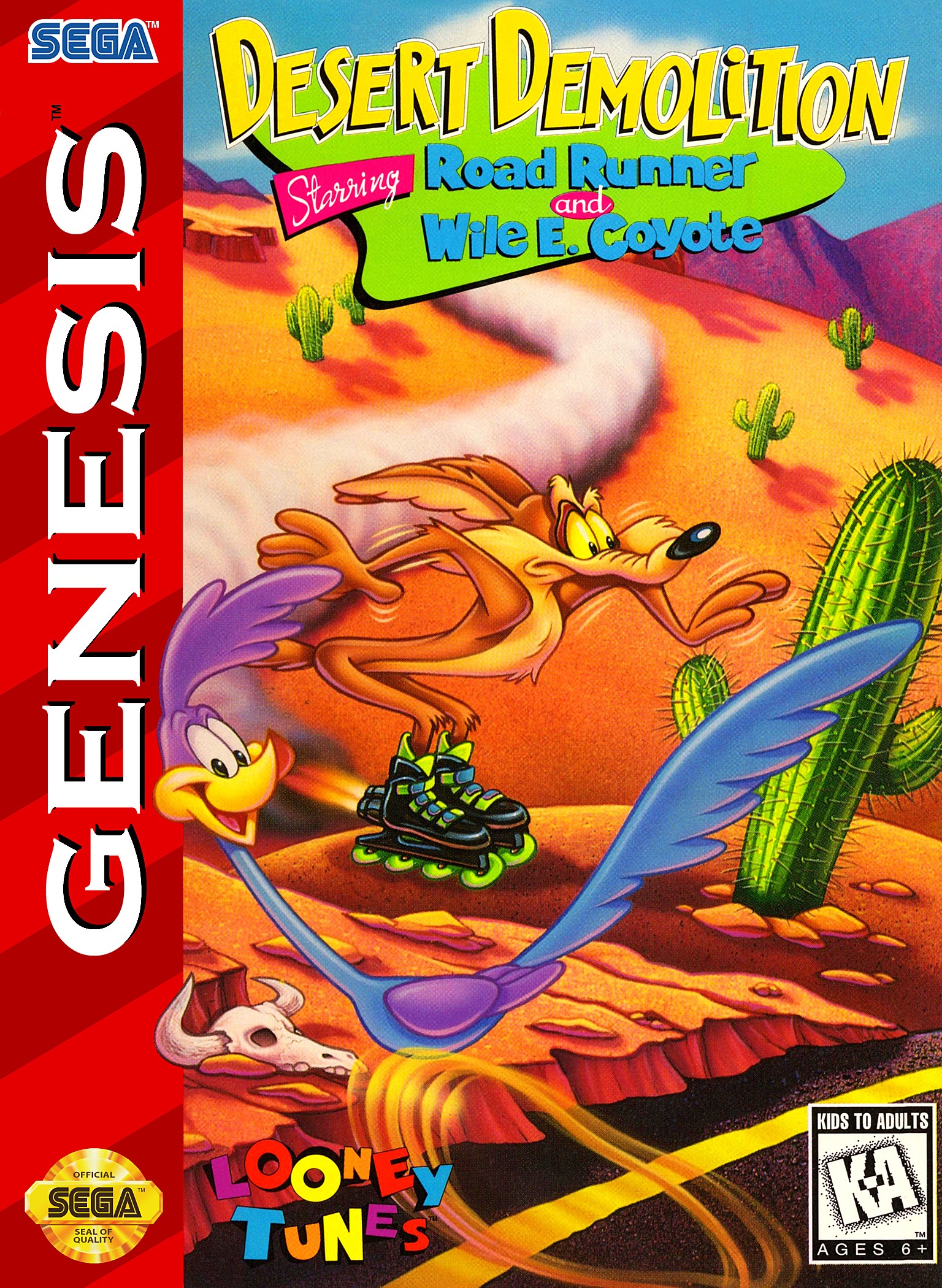

As with Jerry, the Road Runner is another example of a classic cartoon character who usually receives top billing when it comes to video game adaptations. This isn't the case with Desert Demolition Starring Road Runner and Wile E. Coyote, as players are given a choice between Wile E. Coyote or the Road Runner. Gameplay pretty much mirrors the plot of a typical Looney Tunes segment featuring the desert-dwelling duo. Those who select the Road Runner must outrun Wile E. Coyote. Those who select Wile E. Coyote must utilize a wacky array of Acme products to catch the Road Runner. That's all, folks!
Richter Belmont, Castlevania: Symphony of the Night, Konami, 1997
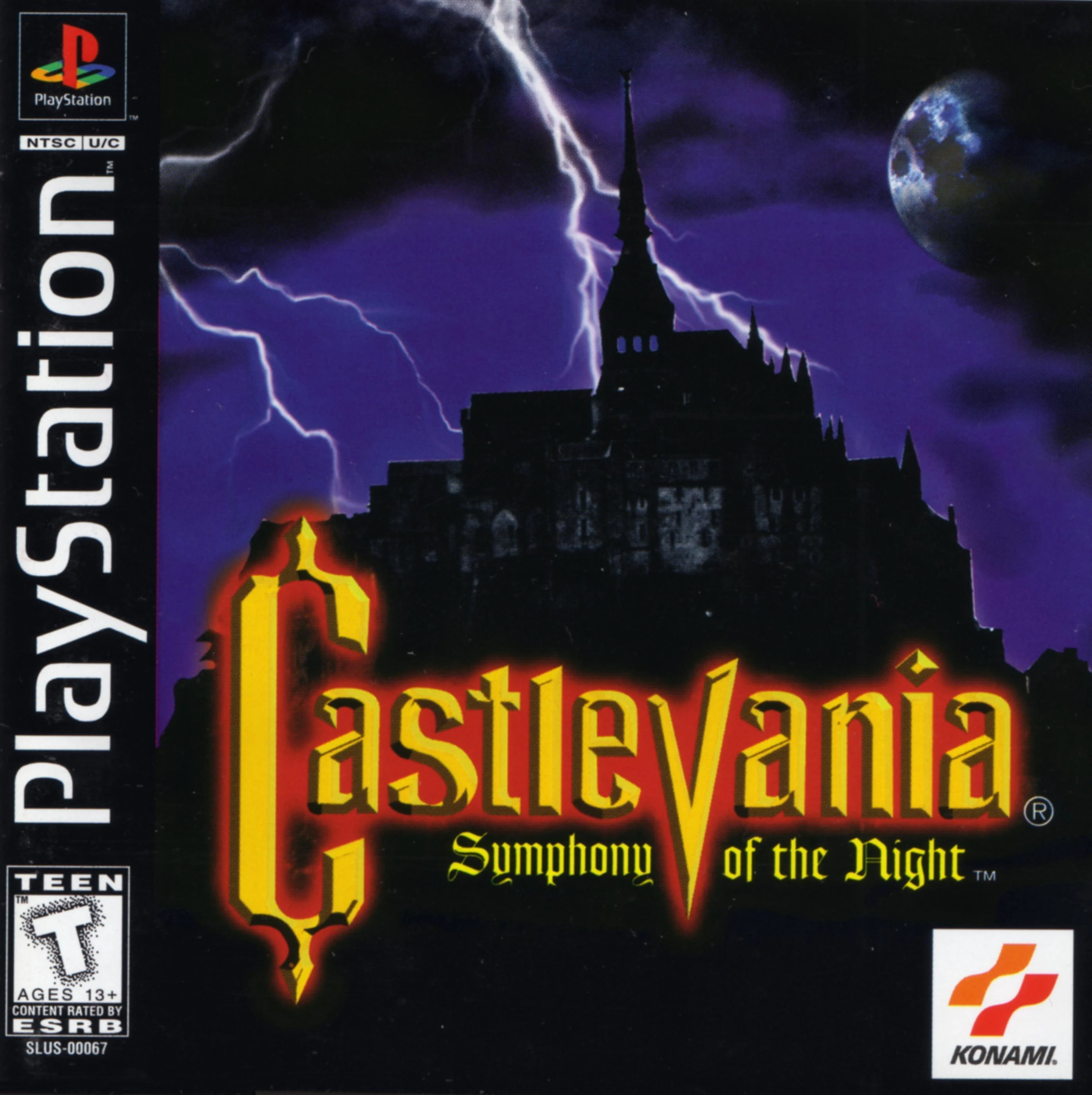
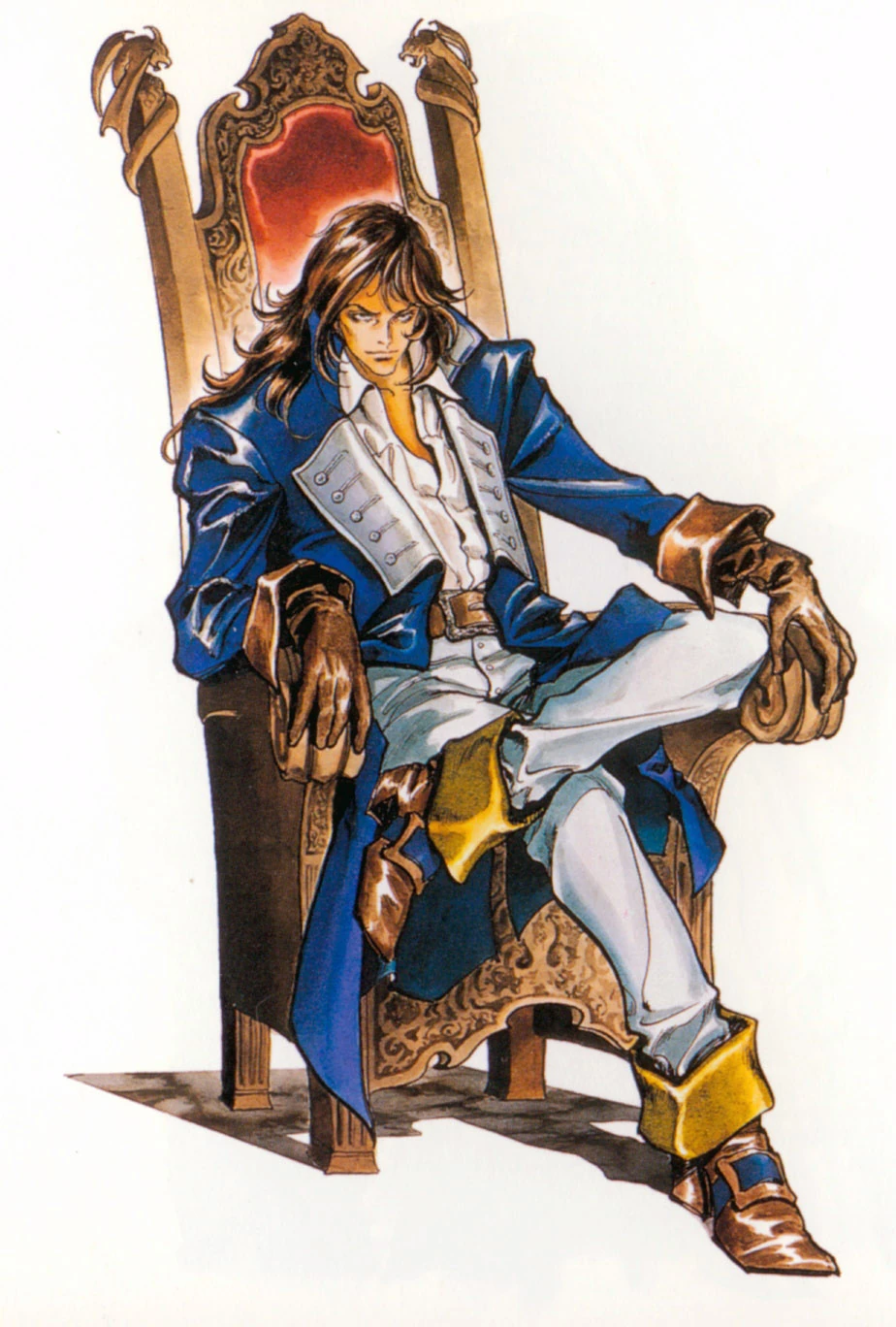
In 1993's Castlevania: Rondo of Blood, players alternate between Richter Belmont and Maria Renard in their quest to vanquish Count Dracula for another generation. Four years later, in Castlevania: Symphony of the Night, players aid Alucard in solving the mystery of why Richter is now Dracula's evil heir. With Maria's help, Alucard realizes Richter hasn't switched allegiances but was in fact captured and brainwashed by Dracula's minions. Thus, Alucard breaks the spell upon Richter, who then becomes playable in an unlockable bonus mode. "Belmont's Revenge" is a fitting way to sum up this optional scenario. I say whip it, whip it good.
Red, Pokemon Gold and Silver, Game Freak, 1999
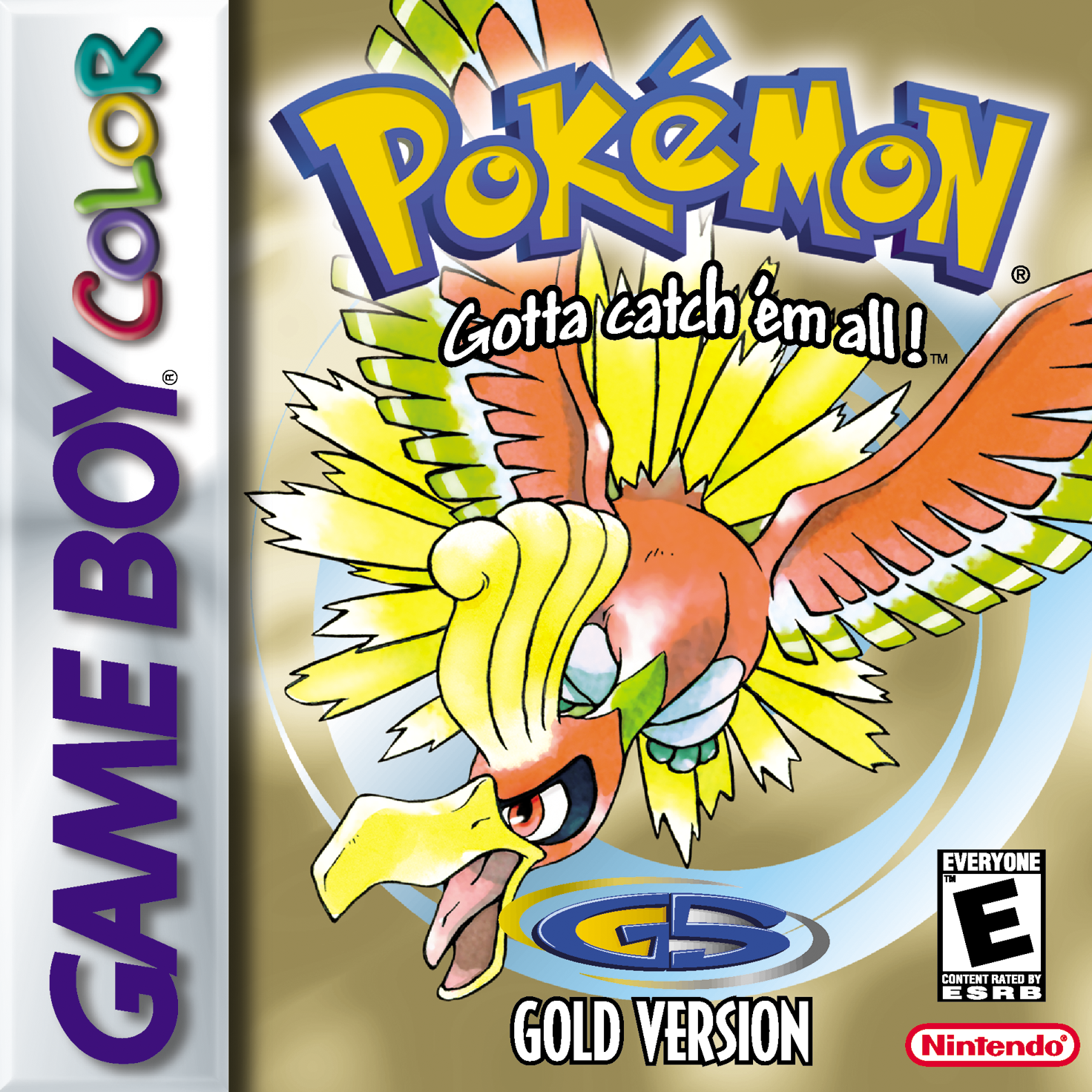
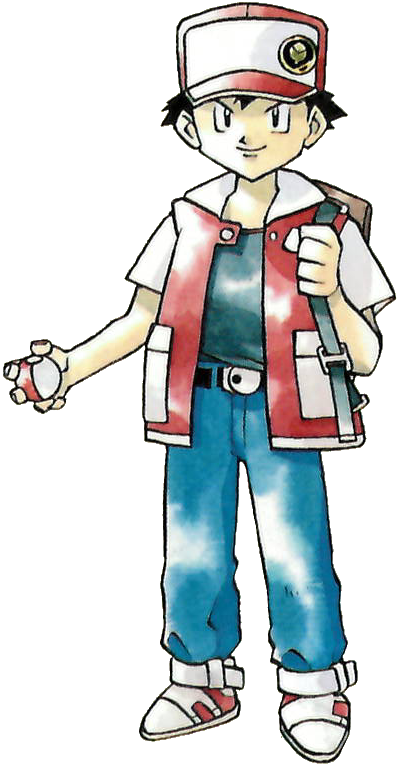
In 1996's Pokemon Red and Blue (originally released as Pocket Monsters Red and Green in Japan), players assume the role of Red as he sets off on a daunting quest to catch all 150 Pokemon (technically, 151, though players were as likely to find Mew back then as Arthur's knights were to find the Holy Grail in the Middles Ages) and achieve the rank of Pokemon master. After travelling across the land, searching far and wide, Red becomes the very best, like no one ever was. Three years later, in Pokemon Gold and Silver, this proves problematic for players now tasked with coaching Ethan through an electrifying showdown against Red. The reigning champion intends to vigorously defend his title at all costs. To defeat him, Ethan must understand the power that's inside.
Shadow Peach, Paper Mario: The Thousand-Year Door, Intelligent Systems, 2004

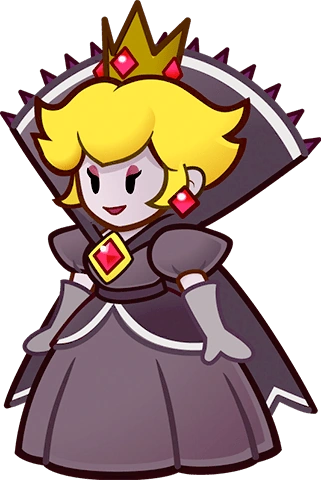
In both 2000's Paper Mario and Paper Mario: The Thousand-Year Door, the kidnapped Princess Peach becomes a playable character during both games' intermissions between chapters. Unfortunately for her, in the latter title, she eventually winds up getting possessed by the evil Shadow Queen, transforming the once sweet Peach into a rotten Shadow Peach, complete with a villainous new outfit to accentuate her dark change. Mario usually rescues Peach, but this time, he must battle his special one to exorcise the Shadow Queen from her body. Mamma mia!
Evil Marian, Double Dragon Neon, WayForward Technologies, Inc., 2012
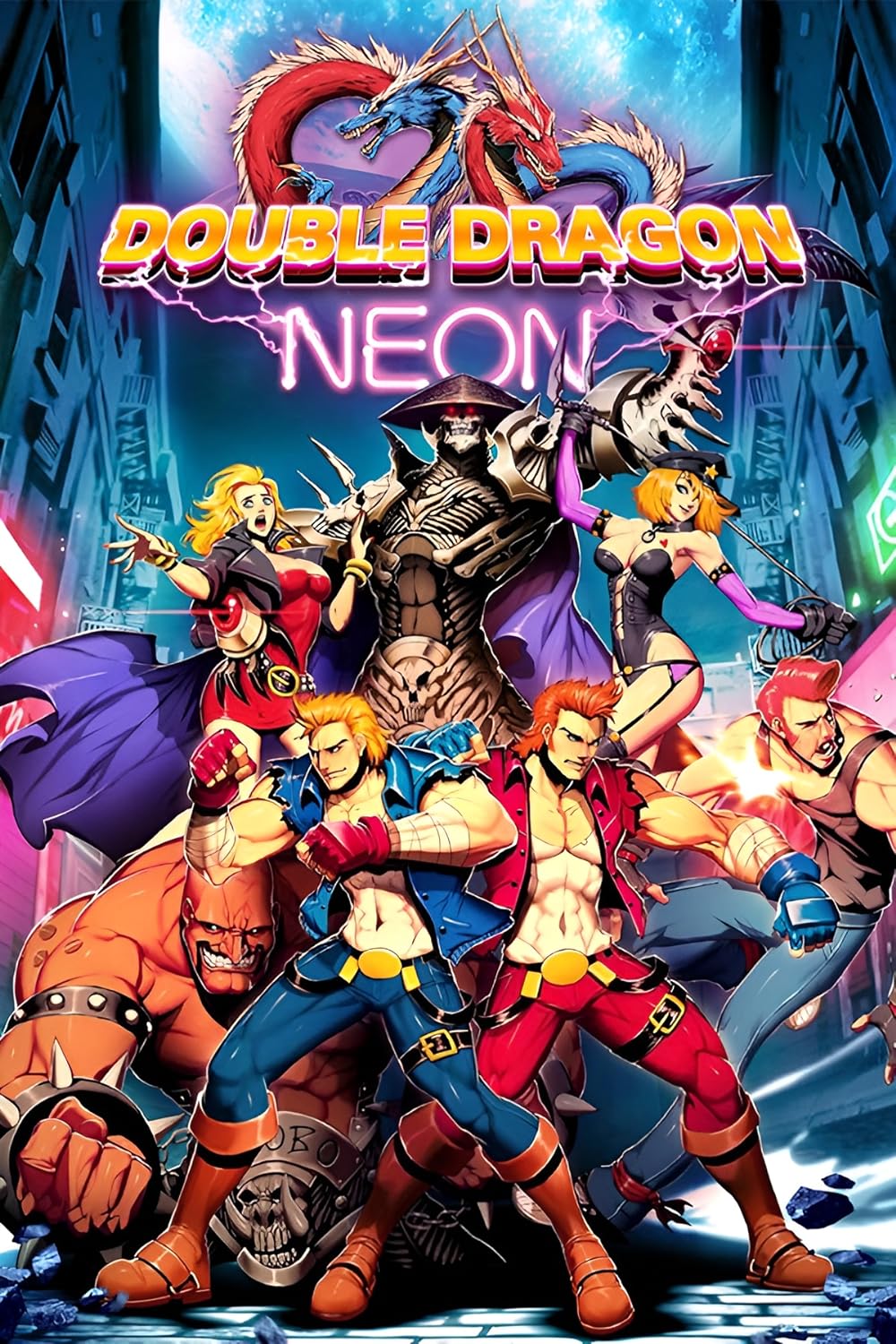
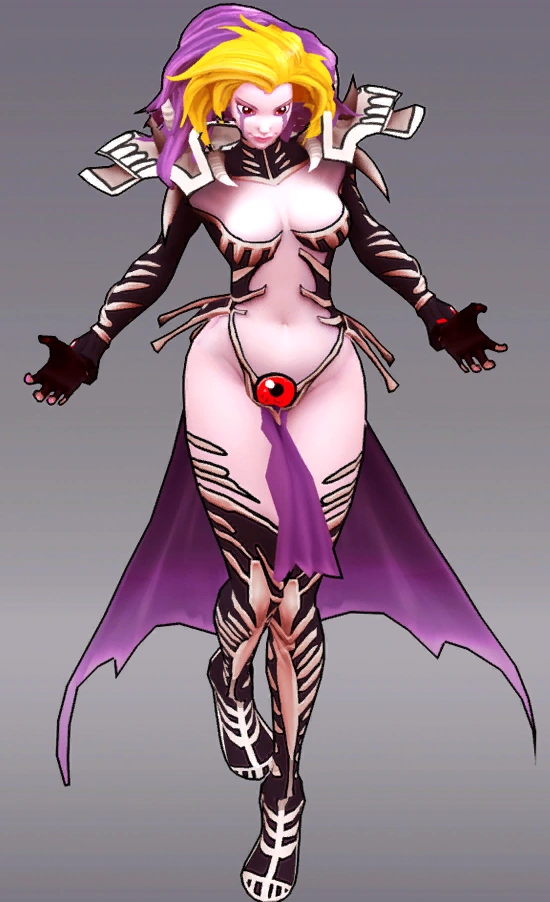
In the 1995 Double Dragon Neo Geo fighting game, Marian joins the roster of selectable combatants and proves she can hold her own in a fight. Depsite her martial artistry, seventeen years later, she receives a sucker punch to her belly in Double Dragon Neon, which incapacitates her long enough to be kidnapped by the evil Skullmageddon. Billy and Jimmy spring into action, but before they can reach Marian, she gets brainwashed by the Skeletor sound-alike. As a result, Marian undergoes a wicked transformation into Evil Marian, complete with a wardrobe change to complement her demonic new persona. The Lee twins are then pitted against Skullmageddon and Billy's beloved. Thankfully for Billy and Marian, the Power of Love is on their side. The Power of Love is a curious thing.
That's it for now. If I think of any more examples, I'll be sure to post a follow-up somewhere down the road. Until next time, love, peace, and chicken grease!